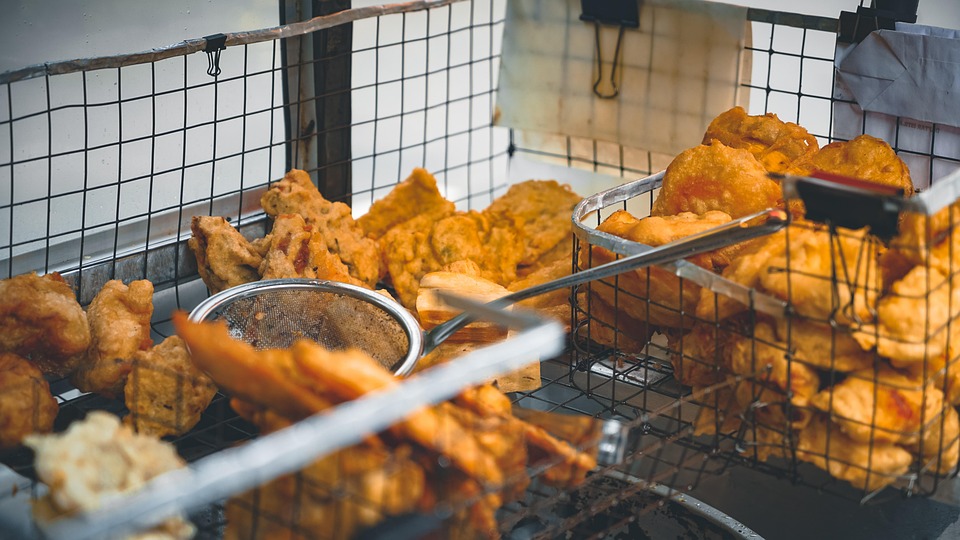In recent years, street food markets have experienced a remarkable resurgence, transforming the culinary landscape of cities around the world. No longer relegated to the sidelines or viewed as mere fast food alternatives, these vibrant marketplaces are now celebrated as cultural hubs that offer a rich tapestry of flavors, stories, and community engagement. With an explosion of gastronomic creativity, street food markets are redefining dining experiences and reflecting local identities.
A Glimpse into History
Street food has deep historical roots, dating back to ancient civilizations where vendors sold goods in bustling markets and streets. From Rome’s thermopolia to Asia’s night markets, food has long been an integral part of social life. However, the modern iteration of street food markets gained traction in the late 20th century, particularly in urban centers. As cities became more diverse and dynamic, so too did the culinary demands of their inhabitants. The anticipation and excitement surrounding street food culture truly blossomed in the early 2000s, fueled by a growing emphasis on local produce, ethical sourcing, and culinary innovation.
The Allure of Street Food Markets
One of the key attractions of street food markets is their variety. Here, culinary enthusiasts can embark on a global tasting tour without ever leaving their neighborhood. From artisanal tacos and gourmet burgers to exotic dumplings and vegan delicacies, the offerings are often a reflection of both local traditions and global influences. This melting pot of flavors allows both foodies and casual diners to explore unique tastes and dishes they may not encounter in conventional restaurants.
Moreover, street food embodies the spirit of accessibility. Many items are affordably priced, inviting a wide demographic to indulge in culinary delights. This approach fosters inclusivity, encouraging social interactions and community bonds. People from various backgrounds come together, gathering over shared plates and open-air seating, creating a lively and communal atmosphere that is often missing in traditional dining establishments.
Culinary Innovation and Entrepreneurship
Street food markets are also a breeding ground for culinary innovation. Aspiring chefs and seasoned culinary professionals alike can experiment with unique recipes and trends without the heavy financial burden associated with opening full-scale restaurants. Food trucks and pop-up stalls provide an entry point for new entrepreneurs to share their cuisine with minimal overhead, allowing for creativity and experimentation in a risk-managed environment.
This trend has resulted in a dynamic food scene, where flavor mash-ups and experimental dishes thrive. Vegan comfort food, fusion tacos, and artisanal desserts infused with exotic spices are just a few examples of how street food markets are pushing culinary boundaries. Moreover, the rise of influencer culture has amplified this trend, with food vloggers and social media posts generating buzz and attracting patrons eager for the latest “must-try” dish.
Sustainability and Ethical Eating
As consumers become more environmentally conscious, there’s a growing emphasis on sustainability within street food markets. Many vendors prioritize locally sourced ingredients, eco-friendly packaging, and ethical practices, appealing to a modern clientele keen on making mindful choices. This commitment to sustainability resonates not only with food lovers but also with a generation increasingly aware of the impact of their purchases on the planet.
Street food markets are also making strides in reducing food waste through community initiatives, partnerships with local charities, and creative solutions to redirect surplus food. Such efforts not only contribute to a more sustainable food system but also strengthen connections within communities.
Global Influence and Local Identity
While street food markets are popping up in cities across the globe, each has its unique flair that reflects local culture and identity. Markets in Bangkok buzz with vibrant flavors and aromas, while those in Mexico City are often a fiesta of sights and sounds, drawing locals and tourists alike. In cities like Los Angeles, street food vendors showcase culinary traditions from across Latin America, Asia, and beyond, creating a gastronomic mosaic.
This interplay of global influences and local identity makes street food markets fascinating cultural landmarks. They serve as a testament to the evolving nature of cuisine, celebrating heritage while embracing innovation.
Conclusion
The rise of street food markets marks a significant shift in our culinary landscape—one that champions innovation, creativity, and community. As these dynamic marketplaces continue to thrive, they invite diners to explore diverse flavors, connect with one another, and engage in conversations about food, culture, and sustainability. In this age of "Feast on Foot," street food markets are not just about eating; they are about experiencing a shared journey through the vibrant tapestry of global cuisine, one bite at a time.



